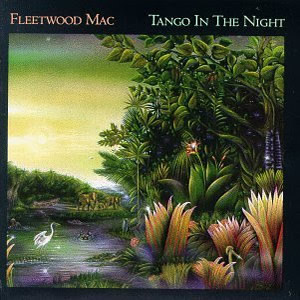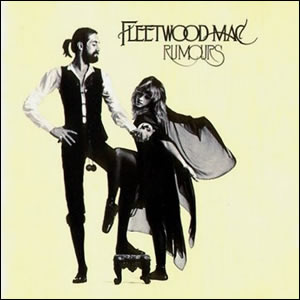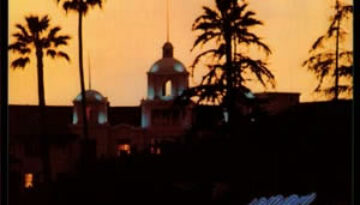The Eagles
Buy The Eagles The Eagles produced an impressive, diverse, and sonically superior debut album in 1972, launching a successful elevation throughout the rest of the decade. The album was produced in London by […]

Buy The Eagles The Eagles produced an impressive, diverse, and sonically superior debut album in 1972, launching a successful elevation throughout the rest of the decade. The album was produced in London by […]

Tango In the Night is the fifth and final studio album by successful quintet that brought sustained stardom for Fleetwood Mac. Like their previous four albums, it found popular success driven by the […]

Buy Rumours It took the band Fleetwood Mac ten albums and many lineup shifts to achieve mainstream commercial success, but the group got there with their 1975 eponymous release. This was the first […]

Buy New Miserable Experience Released during the heyday of the grunge music movement, New Miserable Experience was the peak of Gin Blossoms‘s short-lived fame in the early 1990s. It consists of lean and […]

Buy Hotel California Whether it was done intentionally or not, Hotel California came pretty close to being a true concept album by The Eagles. The songs each loosely share the themes of paradise […]

Buy Bella Donna After three albums with Fleetwood Mac, Stevie Nicks was doubtlessly the most recognizable figure in that popular and talented band. However, her actual participation as far as songwriting and lead […]